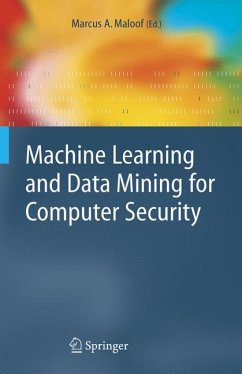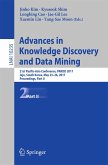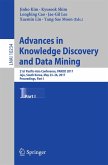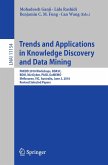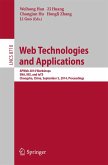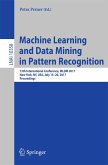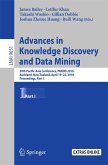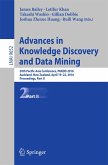Programming detectors for such threats has proven difficult. Put simply, there is too much information---too many protocols, too many layers, too many applications, and too many uses of these applications---for anyone to make sufficient sense of it all. Ironically, given this wealth of information, there is also too little information about what is important for detecting attacks.
Methods of machine learning and data mining can help build better detectors from massive amounts of complex data. Such methods can also help discover the information required to build more secure systems. For some problems in computer security, one can directly apply machine learning and data mining techniques. Other problems, both current and future, require new approaches, methods, and algorithms.
This book presents research conducted in academia and industry on methods and applications of machine learning and data mining for problems in computer security and will be of interest to researchers and practitioners, as well students.
'Dr. Maloof not only did a masterful job of focusing the book on a critical area that was in dire need of research, but he also strategically picked papers that complemented each other in a productive manner. ... This book is a must read for anyone interested inhow research can improve computer security.'
Dr Eric Cole, Computer Security Expert
Dieser Download kann aus rechtlichen Gründen nur mit Rechnungsadresse in A, B, BG, CY, CZ, D, DK, EW, E, FIN, F, GR, HR, H, IRL, I, LT, L, LR, M, NL, PL, P, R, S, SLO, SK ausgeliefert werden.
The current area of Intrusion Detection is begging for Machine Learning to be applied to it. Convergence of these two key areas is critical for it to be taken to the next level. The problem is that I have seen little research focusing on this, until now.
After reading Machine Learning and Data Mining for Computer Security, I feel Dr Maloof has hit the target dead centre. While much research has been done across Computer Security independently and Machine Learning independently, for some reason no one wanted to cross-breed the two topics.
Dr Maloof not only did a masterful job of focusing the book on a critical area that was in dire need of research, but he also strategically picked papers that complemented each other in a productive manner. Usually reading an edited volume like this, the chapters are very disjointed with no connection between them. While these chapters cover different areas of research, there is a hidden flow that complements the previous chapter with the next.
While Dr Maloof points out in his Preface the intended audience, I feel that there are two additional critical groups. Firstly, I feel that anyvendor or solution provider that is looking to provide a competitive advantage for their product should read this book and see exactly what the potential of next generation intrusion detection can provide. Secondly, I feel that any Computer Science student should read this book to understand the power of convergence across technologies. Everyone is searching for new solutions to intrusion detection within Computer Science and more specifically within Computer Security. But until they are willing to take a step back and provide insight and knowledge from another domain, like Dr Maloof has done, they will not find suitable answers.
This book is a must read for anyone interested in how research can improve computer security It also provides insight into additional areas of research that can be pursued. The criteria to measure a book like this is: 'Does it get you thinking and does it nurture the creative juices from within?' The short answer is absolutely. After reading this book, I was writing down several additional areas that I wanted to research and pursue as follow-on to reading this book. That is a key mark of a valuable book!
Dr Eric Cole, Computer Security Expert

